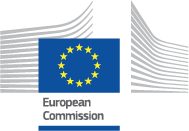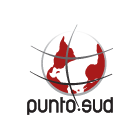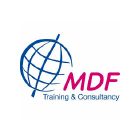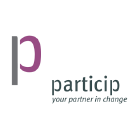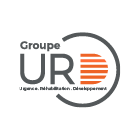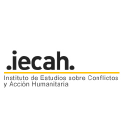WORKING WITH DG ECHO AS AN INTERNATIONAL ORGANISATION | 2014 - 2020
9. COMMUNICATION, VISIBILITY AND INFORMATION
1. General information
2. Humanitarian organisation in the area
3. Needs assessment and beneficiaries
4. Logic of intervention
5. Quality markers
6. Implementation
7. Coordination
8. Monitoring and evaluation
9. Visibility
10. Financial overview of the action
11. Request for derogation
12. Administrative information
13. Conclusions and humanitarian organisation’s comments
Logframe Overview
STANDARD VISIBILITY
Standard visibility for the EU as a donor is a contractual obligation applying to all partner organisations and all types of EU-funded humanitarian aid projects. It entails:
-
Display of EU humanitarian aid visual identify on project sites.
-
Written and verbal acknowledgment of EU funding and partnership.
SECTION 9.1.A)
To comply with the visibility requirements foreseen in the General Conditions, the partner must implement the activities described under A. Failure to comply may impact negatively the assessment of the project or may result in the application of a penalty at the liquidation stage.
In the box section, the partner should provide information to facilitate the monitoring and reporting (for instance, the location of signboards, the type of supplies, where the visual identity will be placed throughout the action, etc.). Quantitative information is not obligatory (number of stickers, etc.).
The boxes A1 and A2 are selected by default.
If A1 and/or A2 are de-selected, the partner must request derogation under chapter 11. Derogation may be granted in contexts where the visibility activities may harm the implementation of the Action, or the safety of the staff of the partner or its implementing partners, or the safety of beneficiaries or the local community.
SECTION 9.1.B)
To comply with communication and information requirements, the partner should also acknowledge the partnership with ECHO and the EU funding provided, in communication about the project, such as media interviews, press releases, social media, webpages, blogs, articles about the project, etc.
Lack of acknowledgment of EU funding may impact negatively on the assessment of the project or may result in the application of a penalty at the liquidation stage. Boxes B1-B6 are selected by default. The partner is expected to select at least 4 boxes. In the comment box, the partner must specify the selected options (including B7 where relevant). If all boxes (from B1-B7) are deselected, derogation must be requested under chapter 11.
ABOVE STANDARD VISIBILITY
9.2 DO YOU FORESEE COMMUNICATION ACTIONS THAT GO BEYOND STANDARD OBLIGATIONS?
The partner can opt for “above-standard visibility”.
For more information on the requirements, the partner should consult the DG ECHO Visibility section of this website.
The purpose of such more elaborate communication actions is to raise awareness of humanitarian issues among defined audience in the EU Member States and to showcase the results of the partnership with ECHO.
ECHO can provide budget exceeding 0.5% of the direct eligible costs, where a partner wishes to engage in above-standard actions. To this end a separate communication plan must be submitted and approved by ECHO prior to the signing of the agreement. The plan must be inserted as an annex.
A standard template is available below.
It is important to note that operational information products developed within the context of an Action (such as training manuals, hygiene promotion, advocacy leaflets, etc.) cannot be considered for visibility funding and must be described in section 4.
